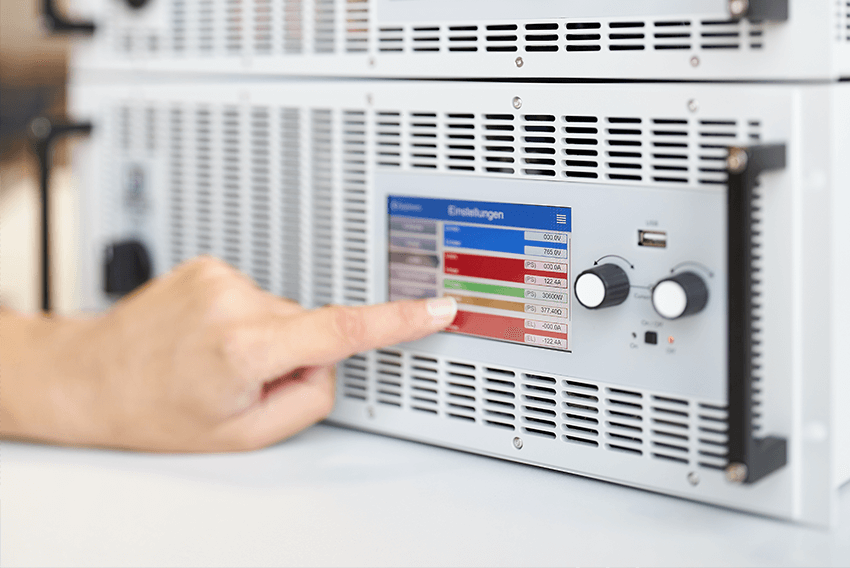#statusMessage#
Do you want to start the compare now?
#statusMessage#
Do you want to start the compare now?

Our electromagnetic environment is heavily burdened due to the multitude of transmitters and sources of interference pre...

Automated test and measurement systems that are fully connected with instrumentation and test data can significantly inc...

Temperature is one of the most common risk factors in industry. Overheating can disrupt processes, reduce quality or cau...

Electric vehicles are the future - but what happens to the batteries when they can no longer be used in cars? Efficient ...
Manufacturer number: 1351.5050.02
| Number of ports: | 2 |
|---|---|
| max. frequency (GHz): | 4.5 |
| min. frequency (kHz): | 9 |
The Rohde & Schwarz ZNB3000 series vector network analyzers are high-precision and versatile measurement instruments for the characterization of RF and microwave components. They offer exceptional measurement accuracy, high system dynamics and fast measurement speed. Thanks to their wide frequency range and flexible expansion options, they are particularly suitable for applications in research & development, production tests, antenna measurements and for testing amplifiers, filters and other RF components in the communications, automotive and aerospace industries.
The ZNB3004 variant presented here (Art.No.: 1351.5050.02) is a high-precision 2-port vector network analyzer with a frequency range from 9 kHz to 4.5 GHz. It was specially developed for high-precision measurements in high-frequency and microwave technology and offers a combination of excellent measurement accuracy, high dynamics and fast measurement cycles.
The VNAs of the ZNB3000 series are also available with a frequency range of up to 20 GHz (Art.No.: 1351.5050.22) and as a 4-port variant.
Product features:
Possible applications:
Thanks to its high precision and flexibility, the R&S ZNB3004 is ideally suited for the following applications:

Network analysis is used, for example, in stability tests, to characterize components or to measure the frequency respon...


